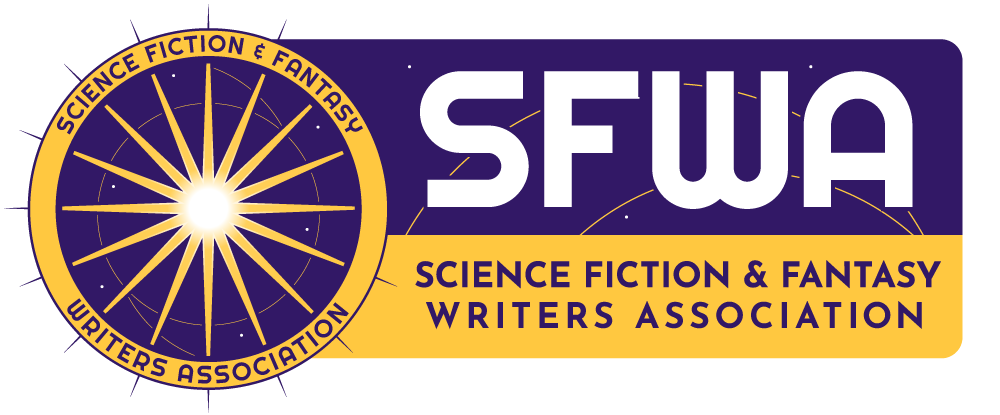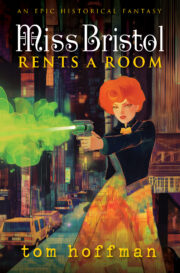Key Conditions for Suspense:
Part 19 – Use Patterns & Options, Not Formulas
Building stories is like building houses. Yes, you need a foundation, walls, and a roof, but holy cow–look at all the variations that are possible AND successful given those basic requirements!


